Skilling Our Maritime Nation: An Industry Snapshot
On the 16th of October 2018, at the SEA18, Skilling our Maritime Nation, Conference in
Canberra, Maritime Industry Australia Ltd gave industry a sneak peak of the findings from the Seafaring Skills Census.1
Here is a quick look what the numbers tell us…
More industry players are aware of the impending problem
A shortage of skilled seafarers is not just a problem on ships operating in Australia, but also for critical shore side infrastructure, projects and services. The Seafaring Skills Census findings indicate that the skills need spans multiple sectors with 52 per cent of census respondents considering themselves involved in port and harbour services, 29 per cent in blue water shipping and 26 per cent in offshore2. Other sectors included: regulation, government, education, industry support services, search and rescue, tourism and commuter transport.
Seafaring skills are just as important on shore as they are at sea
Seafaring Skills Census respondents by employment type shows 41 per cent employing
seafarers working on board ships and 92 per cent employing people with seafaring skills and qualifications in shore-based roles.
We are not training as many as we used to
New entrant training has significantly reduced over time. In 2018, the industry reports training just over half of the number of new entrants compared to 2012.
Despite training less, we are going to need more people with seafaring skills and experience
In five years, those involved in the industry who employ current and former seafarers think that there will be a need for 11 per cent more seafarers than we currently have. Additionally, the need for shore-based roles occupied by former seafarers is expected to increase by 20 per cent in five years.
General qualifications are not the end of it
As technology in the industry is changing, so are employer expectations about expertise.
Internationally recognised qualifications are no longer the golden ticket, with employers now expecting more from their staff working at sea and ashore. The Seafaring Skills Census reveals over 85 per cent of employers require specific experience from current and former seafarers.
The workforce isn’t getting any younger
It comes as no surprise to those in the industry that our workforce continues to age with the
largest number of seafarers and shore-based former seafarers sitting in the 46-50 years age
bracket. The graphs below provide the breakdown.
Seafaring and shore-based roles requiring seafaring experience are not attracting women
As reflected in the 2012 maritime workforce census (which was conducted on behalf of the
Department of Transport), Australian women are still not going to sea. According to the
Seafaring Skills Census, in 2018 women account for 5 per cent of the seagoing workforce and only 3 per cent of critical shore-based roles requiring seafaring expertise. This problem is not unique to Australia but remains a stark reminder of who is (and is not) being attracted to these careers.
We could do more if money was no object
Respondents highlighted cost as the primary barrier to conducting more training. Further to
this, ship owner/operators responding to the census highlighted that if barriers to training were addressed, they could provide up to 60 more berths for trainees (this may mean 100 trainees due to college and leave splits if these berths were fully utilised). At the SEA18 Conference, delegates indicated that there could be even more if the financial impediments to training were addressed.
The final Seafaring Skills Census report is yet to be published but the writing is on the wall and the message is clear: a problem is looming, and we to find effective solutions now or face a critical shortage that risks the significant contribution that the broader maritime industry makes to our national economy.
REFERENCES
1 The figures contained in this article represent a snapshot of some of the results from the census and are rounded to whole numbers. Full breakdowns will be available once the final report is finalised.
2 Respondents could select more than one sector therefore totals will not add up to 100 per cent.

